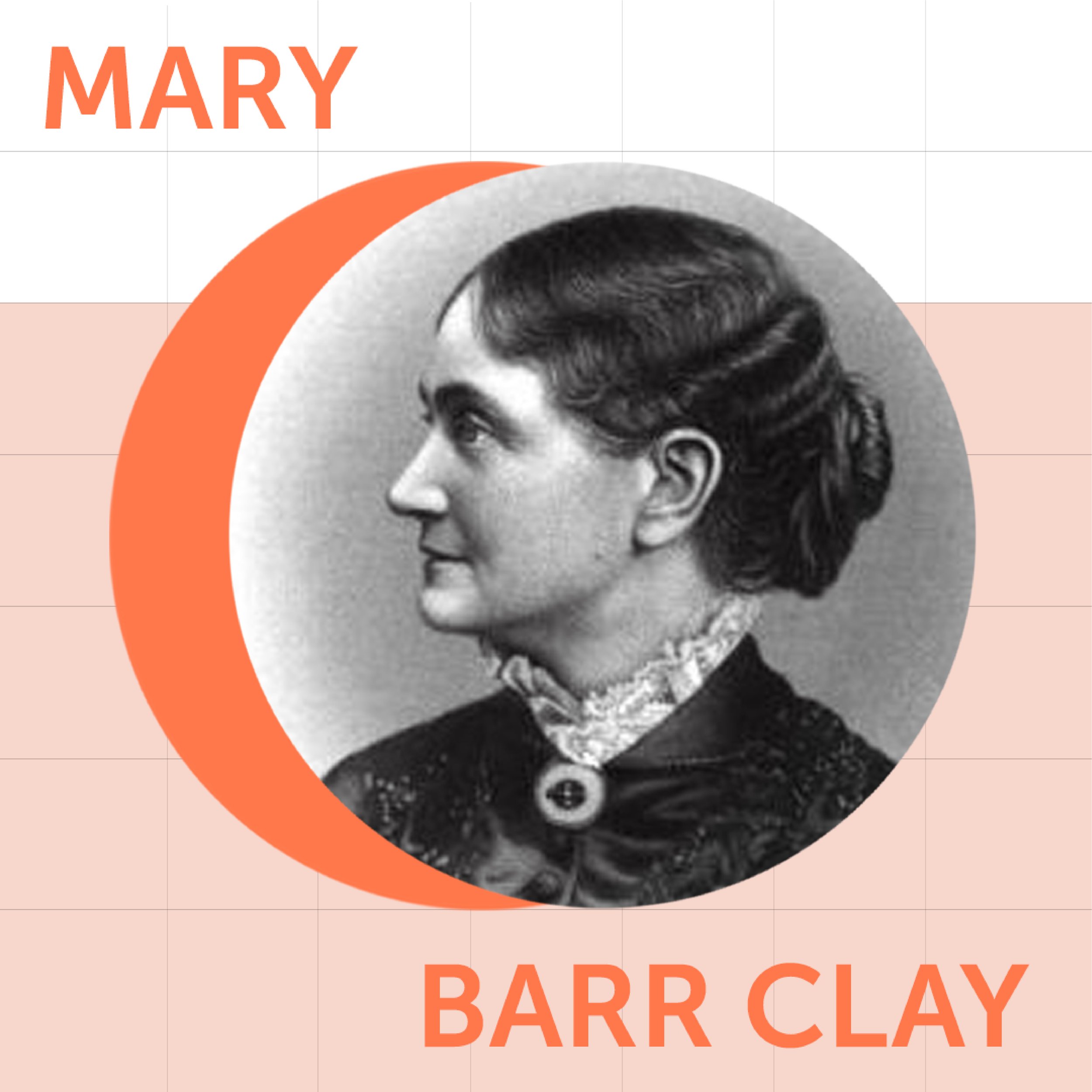Women of the Quill: Authoring change with pen and ink
Despite centuries of opposition, underpay, and little to no recognition, women have managed to make a mark on the world. During Women’s History Month, we celebrate by telling many of their remarkable stories.
But not all women are loud whirlwinds of change.
Some topple the patriarchy using a quiet approach, working behind the scenes to methodically dismantle it. The efforts of those women are every bit as valid as their more boisterous counterparts. And as writers, we feel particularly drawn to the women who wield words, working to level the playing field one syllable at a time.
Mary Barr Clay was one such woman, ahead of her time and raised by parents who were leaps ahead of theirs. Born in the pre-civil war American South, Mary was brought up to understand that all lives are valuable—including Black and female ones.
Her father, Cassius Clay, went from owning slaves to joining the abolitionist movement, even serving as an ambassador for President Lincoln. Her mother was a unionist, a successful businesswoman, and founder of a Kentucky suffrage club.
But it was more than her parents’ influence that pushed Mary to speak up: it was the realities of their divorce. In the wake of her parent’s separation, she witnessed gender inequality firsthand: Her mother lost her rights, security, influence, even the roof over her head, leaving her homeless after 45 years of managing the family estate.
In response, Mary picked up a pen.
She crafted speeches, wrote letters, networked with other powerhouse women like Susan B. Anthony, and become an indisputable suffragette.
A few years later, Mary stood before the Kentucky legislature, speech in hand, ready to make her case for a woman’s right to vote. She was one of the earliest women on record to give an oration to this all-male group.
“We are told that men protect us; that they are generous, even chivalric in their protection. Gentlemen, if your protectors were women, and they took all your property and your children, and paid you half as much for your work, though as well or better done than your own, would you think much of the chivalry which permitted you to sit in street-cars and picked up your pocket-handkerchief?” Mary Barr Clay, 1884
Mary died in 1924, only four years after the 19th amendment was added to the bill of rights.
Fast forward one hundred years.
Women have gained the right to vote, have custody of their children, own property. Salaries are still a fraction of male counterparts’ and the #MeToo movement is decades away, but progress has been made.
And we’ve gained a position of power previously thought impossible: the ability to put words in the mouth of a United States President.
Peggy Noonan, ghost writer, author, and columnist for the Wall Street Journal, was brought onto the Raegan administration’s speech writing team in 1884—exactly one century after Mary Clay spoke before the all-male Kentucky legislature.
While Peggy didn’t know it at the time, she had been brought on as a token hire. She was introduced around the West Wing as, “Peggy, the lady who got the woman’s speech-writer job.
Job, singular.
“Wow, it is kind of different to be a woman here,” she remembers of those first few weeks. “And, it is not necessarily in your interest to be a woman here.”
So, Peggy got to scribbling, quickly proving herself to be an invaluable asset. There was too much work to do to be dismissive of a good writer, and Peggy was no slouch with words.
That same year, 1984, President Reagan traveled to a beach in France, addressing a crowd of veterans and leaders in honor of the 40th anniversary of D-Day. That speech, “Boys of Pointe du Hoc,” was written by the one and only, Peggy Noonan.
Two years later, it was Peggy who crafted Raegan’s response to the Challenger explosion:
“Your loved ones were daring and brave, and they had that special grace, that special spirit that says, ‘Give me a challenge, and I'll meet it with joy.’ They had a hunger to explore the universe and discover its truths.”
Today, the Challenger address is ranked number eight on the list of America’s top 100 speeches.
In 100 years, women moved from not having a voice, to speaking for the president.
We moved from not having the vote, to having the Vice-Presidential office.
We continue to rally, speak, invent, pursue, and inspire.
We continue to wield our words.
And if we continue to be women of action—be it with quiet pen or thunderous voice—this story will no doubt continue to unfold until we’ve composed a whole new book.
It is this story and its authors whom we celebrate in March—the chapters written, the chapters in progress, and the ones that will surely come.
This blog was originally published in March 2021.


